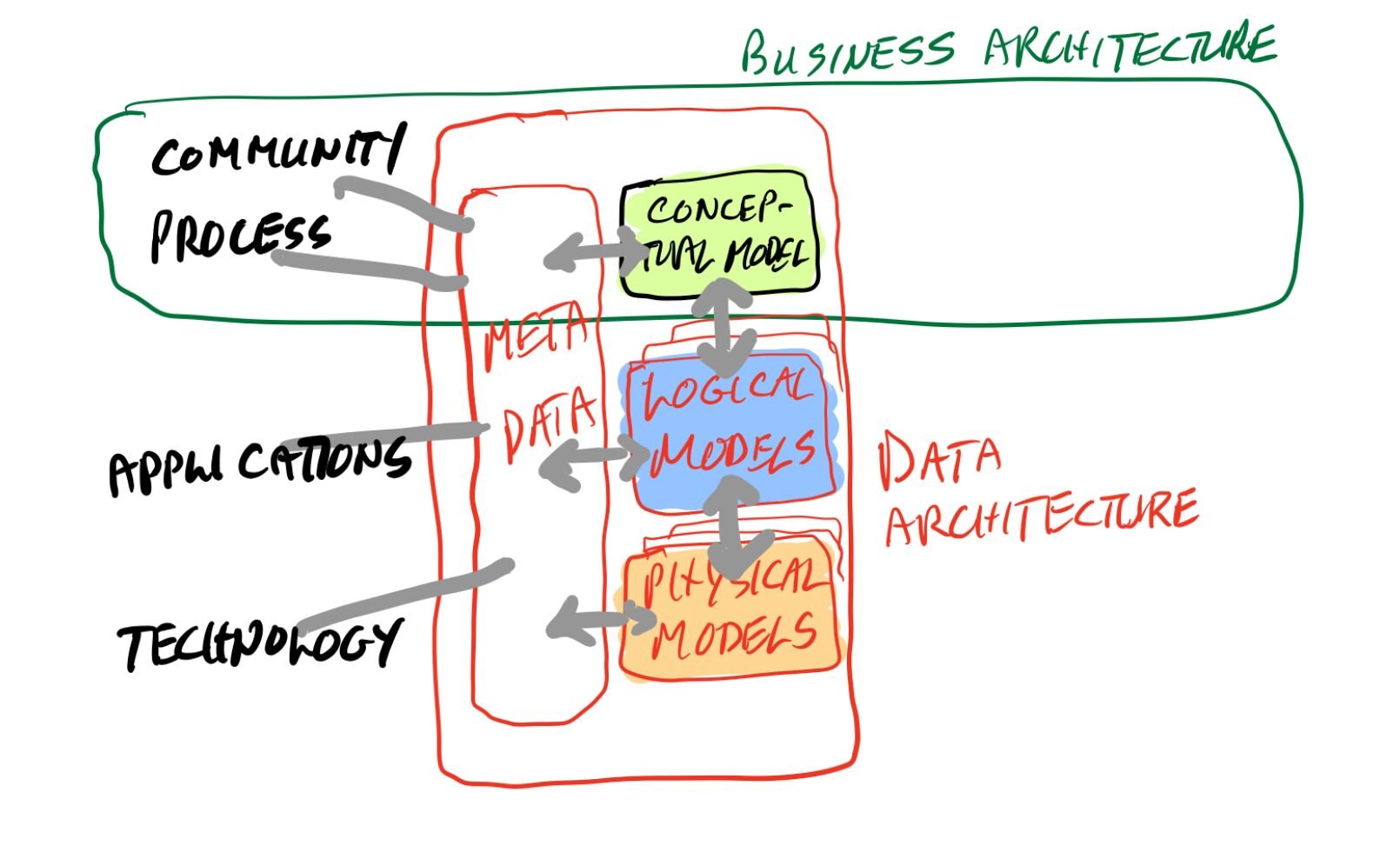Many argue that data considerations are too technical for the business and should be the preserve of data and information architects or data scientists. However, current wisdom says that data is a business asset from which we should gain value and strategic advantage. Data ownership and responsibility should vest in the business, with IT being custodians and curators.
How do we resolve this paradox? Simple: its a T-shaped problem. Business Architecture is at a high level of abstraction, broad in coverage, but not detailed in depth. It is the horizontal bar of the T. Information Architecture is like the stem of the T. It has a number of layers of abstraction, including subject areas, conceptual models, logical models and physical models. Alongside those is meta data to map between the layers, cross reference usage, communities, implementations, security, ownership and myriad other concerns.
The overlap between the vertical and horizontal is where data should be in business architecture, as a Domain Model. This is at a conceptual level and includes the concepts of importance to the business. The Domain is the “subject of discourse”, in practical terms, the industry, such as Telecommunications, Retail, Manufacturing, Education or Health Care. The Domain Model should cover all relevant business concepts, but not include any technology specific details, or detailed requirements. It’s the 3000 metre view of data.
It should include: Concept Names, Definitions, Sample Instances, Identifying Properties, Relationships (Type/SubType, Containment, Association, Role). It may contain cardinalities/ratios, but these are not essential. Concepts can be grouped into useful subject areas, such as Finance, Product, Customer, etc. There should be a graphical view and a business glossary. It might be derived from or aligned to an industry reference model.
So what do we do with it? Lots! It is a Rosetta Stone to facilitate accurate communication between business communities and from there to technical communities. It gives us the nouns for our discussions around ownership, sharing, privacy, security, archival, requirements, business rules and more. It allows us to track progress w.r.t. data automation, migration, sharing, security, privacy management and metrics and quality. It facilitates consensus and integration. It helps to prevent duplication and integrity problems. It helps us leverage data as an asset and provides the platform for digital transformation.
#businessarchitecture #dataarchitecture #enterprisearchitecture #conceptualmodel

